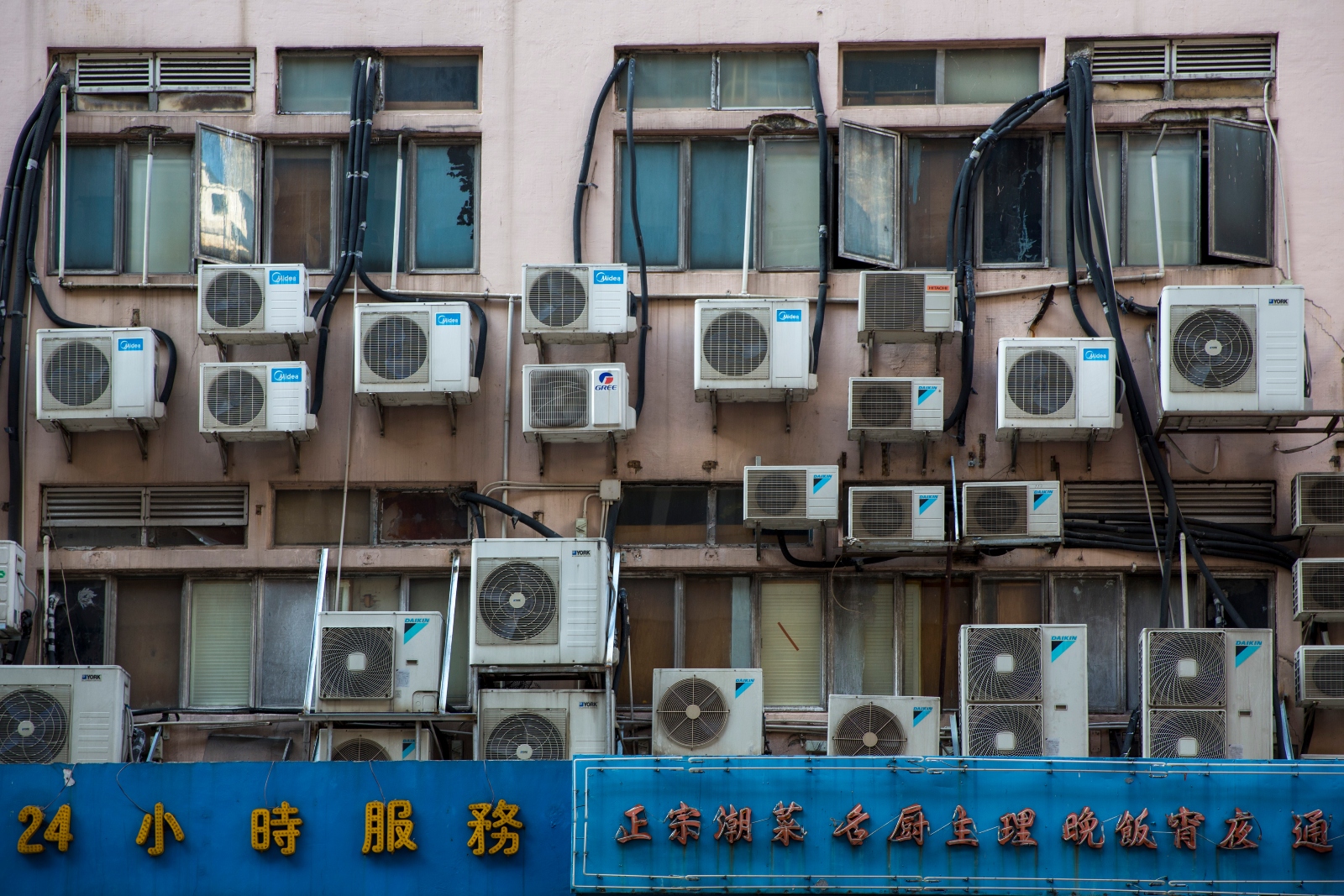

Record High

EDITOR’S NOTE
As carbon emissions rise, communities across the globe are dealing with increasingly severe and frequent bouts of extreme temperatures. Scientists have observed an eightfold increase in record-breaking hot months over the past decade, and at any given time, extreme heat is now affecting about one-tenth of the Earth’s land area. Some 8 million Americans were exposed to “extreme danger” temperatures last year alone, defined by the National Weather Service as a heat index of more than 125 degrees Fahrenheit. By 2053, that number is expected to rise to 107 million.
These scorching temperatures are impacting public health, drought, agriculture, infrastructure, equity, ecosystems, and much more. But there are also innovative solutions, policies, and technologies being tested to adapt to this hotter future. Follow Grist as it delves into all aspects of extreme heat — and sign up for our weekly newsletter.
Featured
How to build a heat-resilient city
Grist designed a model metropolis for an era of high temperatures, using the coolest technology available.
Extreme Heat Newsletter
All stories
-
Why is the summer off to such an extreme start?
Blame climate change, El Niño, and a dose of bad luck.
-
El Niño could cost the global economy $3 trillion
A new study shows the weather cycle packs a heavy financial punch.
-
Pacific Northwest heat wave breaks records for May
Temperatures reached 93 degrees in some cities, more than 20 degrees above normal.
-
Extreme heat will take an unequal toll on tribal jails
Decades of inadequate funding and rising temperatures are putting Indigenous detainees at risk.






